Federal Direct Loans are low-interest loans provided by the federal government that can help you pay your college expenses.
There are two types of federal Direct Loans for students:
- Direct Subsidized Loans: You must have financial need to qualify for subsidized loans.
- Direct Unsubsidized Loans: Financial need is not necessary to qualify for these loans.
Both types also have a loan fee that's 1.057 percent of the total loan amount.
| Fixed interest rate (from 7/1/25 - 6/30/26) |
Loan fee |
|---|---|
|
6.39% |
1.057% of the total loan |
There are two key questions you should consider before taking out a loan:
- What will my monthly payments be when I start repaying the loan?
- How long will it take me to repay the loan?
To help you answer these questions, the federal government provides repayment estimators that let you look at costs and schedules under various payment plans.
Annual & lifetime federal direct loan limits
The federal Direct Loan programs carry both annual and cumulative (lifetime) limits. These limits are based on your grade (class) level and your dependency status as determined by your FAFSA.
Annual limits
| Maximum Subsidized + Unsubsidized |
Maximum Subsidized |
|
|---|---|---|
|
Dependent Freshman* |
$5,500 |
$3,500 |
|
Dependent Sophomore** |
$6,500 |
$4,500 |
|
Independent Freshman* |
$9,500 |
$3,500 |
|
Independent Sophomore** |
$10,500 |
$4,500 |
* Students with less than 31 earned hours are considered to be a Freshman.
** Students with 31 or more earned hours are considered to be a Sophomore.
Lifetime limits
| Maximum Subsidized + Unsubsidized |
Maximum Subsidized |
|
|---|---|---|
|
Dependent Undergraduate |
$31,000 |
$23,000 |
|
Independent Undergraduate |
$57,500 |
$23,000 |
What happens if I reach my lifetime limit?
If you reach your lifetime loan limit, you cannot receive any more Direct Loans. Therefore it is to your advantage to borrow only what you need for educational expenses and to keep track of your cumulative debt.
You can look up your loan history online using the National Student Loan Data System .
How to apply
To apply for a Direct Loan for students, follow these steps:
- Fill out the Free Application for Federal Student Aid (FAFSA).
- If the financial aid award letter you receive from WCC includes an offered loan amount and you wish to accept, visit MyWCC in the WCC Gateway to begin the loan process. Click on Financial Aid, Dashboard, click on Award offer tab, and there will be an option to accept the full amount or a partial amount of the loan offered. If this is your first time borrowing federal student loans, you must first complete a loan entrance counseling session. To complete loan entrance counseling you will go to studentaid.gov, click on "Complete Aid Process," click on "Complete Entrance Counseling," click "Log In to Start" for the Undergraduate student, enter your FSA ID and password, click Accept, follow the prompts to complete loan entrance counseling. You must complete loan entrance counseling, which will walk you through the Direct Loan process and explain your rights and responsibilities as a borrower.
- Register for at least six credit hours in a program that’s eligible for financial aid.
- Watch your WCC email. The Financial Aid office will send you information about your loan after your application is processed.
Your financial aid award letter will list the amount of loan money for which you qualify. If you don’t need this much to pay your expenses, you can borrow a smaller amount.
For more information
More information about Direct Loans for students is available at the Federal Student Aid, a federal government website.
Can I consolidate my loans?
If you have multiple federal student loans, you can combine them into one Direct Consolidation Loan to help manage your debt. If you consolidate, you’ll make a single monthly payment instead of making multiple payments.
There are some potential advantages to consolidating your loans:
- Your monthly payment may be lower.
- Your repayment period may be extended up to 30 years, depending on the amount of your consolidation loan and your other student loan debt.
But there are some possible disadvantages, too. The biggest one is that if you have a longer period to pay, you’ll pay more interest. This can significantly add to the total cost of your loan.
The interest rate on consolidation loans is fixed, so it never changes. It’s based on the weighted average of the interest rates on all of the loans you consolidate.
Questions?
To learn more about Direct Consolidation Loans, including how to apply, visit the Federal Student Aid website or call 800-557-7394 (TDD 800-557-7395).
